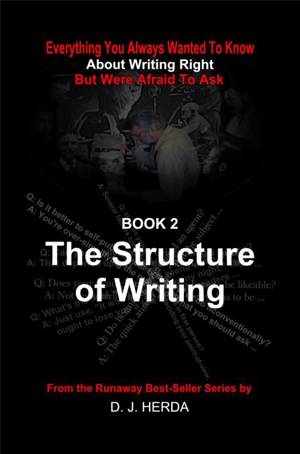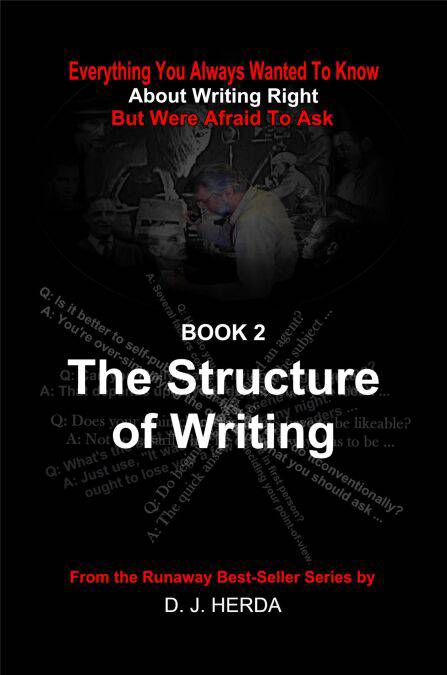
- Afhalen na 1 uur in een winkel met voorraad
- Gratis thuislevering in België vanaf € 30
- Ruim aanbod met 7 miljoen producten
- Afhalen na 1 uur in een winkel met voorraad
- Gratis thuislevering in België vanaf € 30
- Ruim aanbod met 7 miljoen producten
Everything You Always Wanted To Know about Writing Right: The Structure of Writing E-BOOK
About Writing Right, #2
D. J. HerdaOmschrijving
In writing, "structure," or the physical form that a piece of writing takes, varies depending upon style, choice of words, storyline, and author skill. Yet, all writing includes structure. It forms the framework of the written piece, in much the same way as a foundation, rough framing, and roof trusses form the framework of a building.
An author employs the elements of plot, setting, characters, and theme to define the structure of a written piece. Going back to ancient Greece and its three-act tragedy, structure has a beginning, a middle, and an end. A modern short story, for example, follows that basic narrative construction. The author introduces a plot, creates a crisis, presents a turning point, and provides a resolution. A novel, which is far longer, includes more descriptive and explanatory passages to paint with a broader stroke, but it still contains a beginning, a middle, and an end.
Many different elements go into determining the structure, or the physical appearance, of a piece of writing. Length is one of them. Under 10,000 words, and a fictional piece is considered a short story. Under 50,000 words, and it's a novella. Over 50,000 words (or 60,000, depending upon who's doing the labeling), it's a novel. Each structure employs the use of characters and their development throughout the work, the sustainability of plot, the placement of individual scenes, the author's choice of words (which also comes under the auspices of "style"), along with other elements.
Audience is one more element in structure: Is the book written for a general adult audience (an adult trade book) or juveniles? For a scientific or technical audience or students? A book's intended audience plays a significant role in determining its structure, what elements the author should include, where to put them, and how to develop the work.
From novel to self-help book, from biography to business correspondence, using appropriate structure marks the difference between a successful writer and a miserable failure. Author/educator D. J. Herda answers some of the most significant structure-related questions plaguing writers since ancient times.
Specificaties
Betrokkenen
- Auteur(s):
- Uitgeverij:
Inhoud
- Taal:
- Engels
- Reeks:
Eigenschappen
- Productcode (EAN):
- 9781637323403
- Verschijningsdatum:
- 21/01/2021
- Uitvoering:
- E-book
- Formaat:
- ePub

Alleen bij Standaard Boekhandel
Beoordelingen
We publiceren alleen reviews die voldoen aan de voorwaarden voor reviews. Bekijk onze voorwaarden voor reviews.











